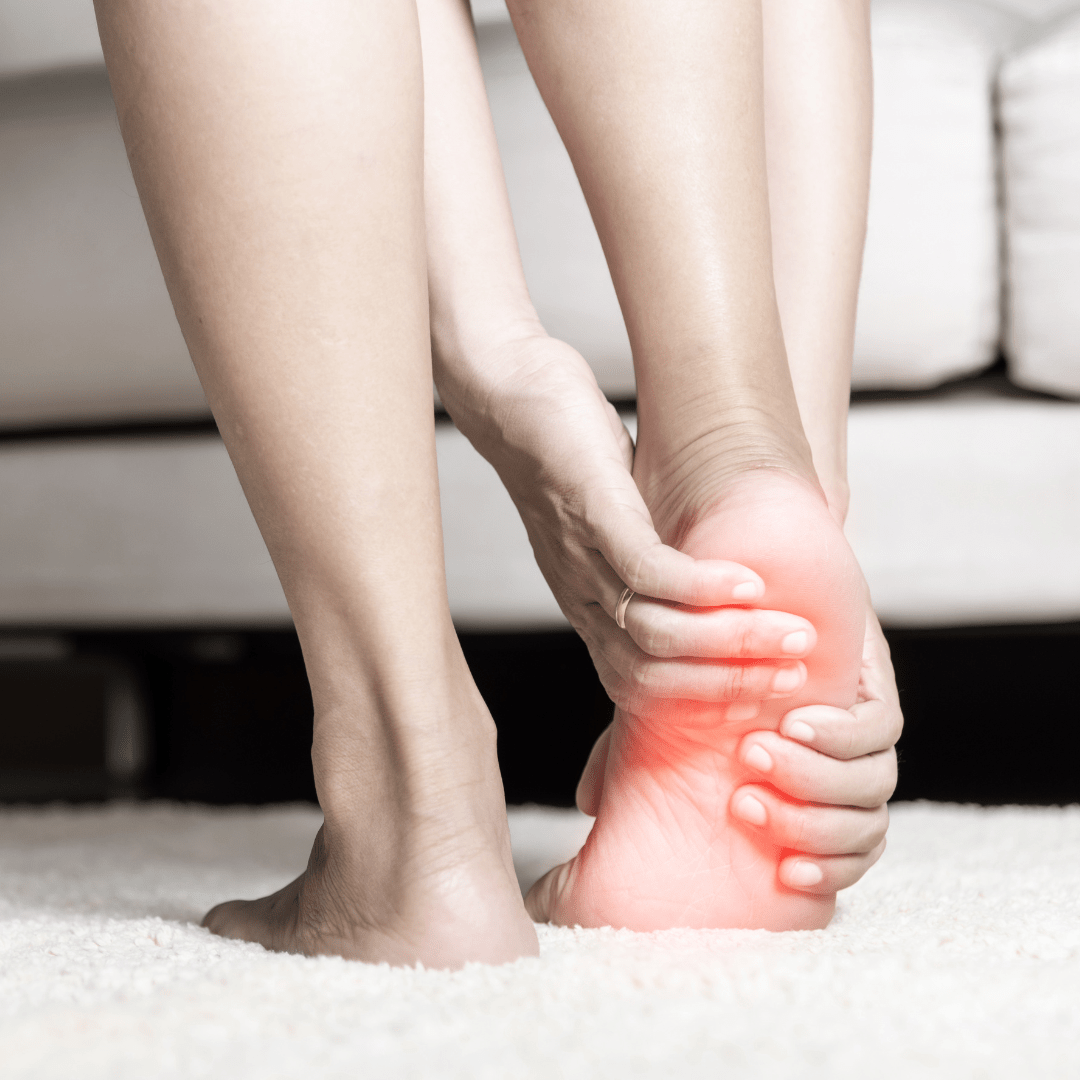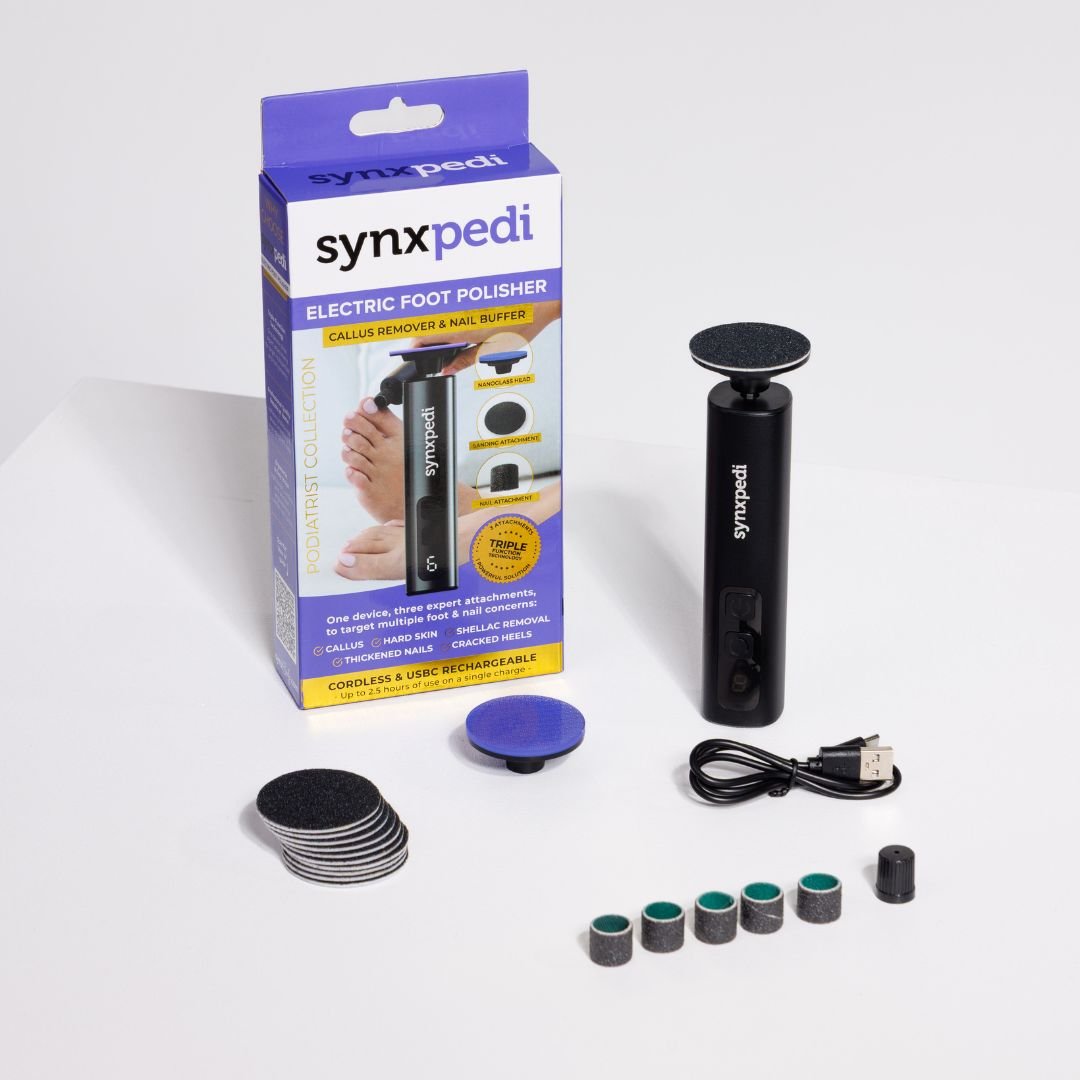Ankle Synovitis
These days we’re all living busy lifestyles, which means your health can be relegated to the backburner – a sprained ankle? “Meh, I’ll just push on through!”, is an all too familiar catchcry. If you’re one of the lucky ones, you’ll bounce back from an ankle injury without a problem. But what happens when your ankle is still sore and swollen weeks, months or even years after the injury? The answer to that may be a pesky case of ankle synovitis.

What is Ankle Synovitis?
The ankle is surrounded by synovial membrane – this soft tissue lines the ankle joint and its job is to secrete fluid into the joint capsule keeping it lubricated and allowing movement. Synovitis is the term used to describe inflammation of this soft tissue, which typically occurs after an ankle injury, repetitive stress or trauma where the synovium (soft tissue) have not heeled and continued to be placed under stress. The ankle is generally swollen, stiff and painful to move or touch, and may appear swollen for years after an initial injury, with patients complaining that it feels ‘weak’ or achy.
What causes Ankle Synovitis?
Ankle injuries: Symptoms may develop following an injury, or most commonly after an ankle injury that does not fully recover and causes ongoing pain, swelling and stiffness. Weight bearing too early following an ankle sprain can also lead to synovitis.
Repetitive stress: from pronation (rolling in) or supination (rolling out), especially if walking or running excessively.
Chronic ankle instability: from recurrent ankle sprains.
What are the signs and symptoms?
- Ache, pain and/or heat at the front or side of the ankle.
- Occasional pain at the back of the ankle.
- Symptoms are generally worse in the morning and usually feel better once the ankle is warmed up and often feel worse at night when resting.
- Symptoms generally worsen during walking or running and are aggravated with uneven surfaces.
- Swelling or puffiness may be present as well as tenderness over the bony ankle areas.
- Reduced range of motion.
Treatments
- Acupuncture & dry needling: When our muscles are put under strain we may develop knots or trigger points in them. By applying pressure through massage, compression, or dry needling (which involves using acupuncture needles into trigger points) we can release this tension and therefore reduce pain and pressure on the sciatic nerve.
- Ankle mobilisation: Gentle joint mobilisations ensure the ankle and foot joints are in the most optimal position.
- Taping: To reduce strain on surrounding muscles and soft tissue that may be affecting the ankle.
- Compression sleeves: Can reduce swelling and pain by applying gentle compression to the ankle.
- Ankle supports and braces: Can help reduce movement in the ankle promoting healing and recovery.
- Orthotic therapy: Can help by improving joint alignment and posture which may reduce stress on the ankle.
- Surgery: If required to improve ankle stability.
Putting on a brave face and pushing through an ankle injury despite prolonged discomfort can lead to chronic ankle synovitis and a decrease in recovery times. Receiving the appropriate treatment is paramount in ensuring you’re back to peak performance and decreases the likelihood of re-injury. You can also visit our store locator to find a practitioner who may be able to help you with some of the treatments listed above by clicking here.






